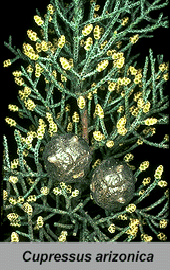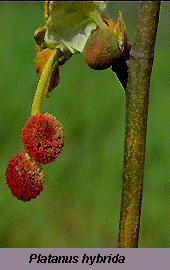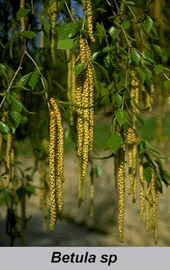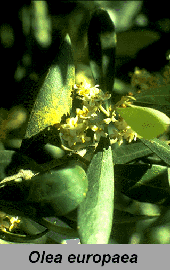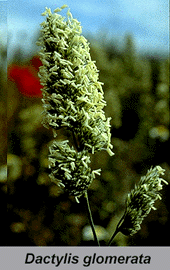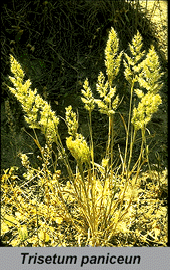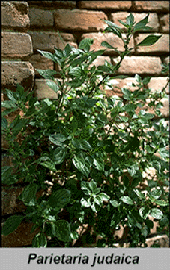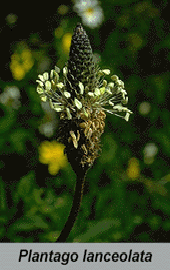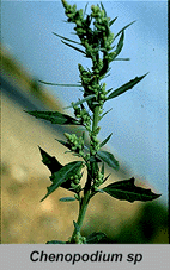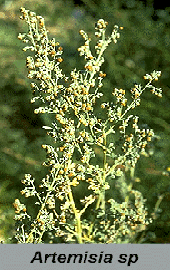Allergenic Pollens in Spain
Considering allergenic pollens as a whole, grasses are the most important cause of pollinosis in Spain. The sensitization to grasses (ie., Trisetum, Dactylis and others) is dominant in the center and north of Spain with a pollination period from April to July.
However on the Mediterranean coast, Parietaria judaica (urticaceae) is the first cause of pollinosis (pollination period from March to September) followed by grasses.
In many places in the south of Spain like Jaén , Córdoba or Granada the principal allergenic pollen is the Olea europaea (olive) that pollinates simultaneously with grasses (second cause of hay fever in this geographical area).
Other important allergenic pollens are the Plantagos, Artemisia, Salsola and Chenopodium with a pollination during the summer.
Other pollens that cause pollinosis in Spain,although with a more regional importance are, Betula (in some places in the north of Spain, April), Cupressus (January-February), Platanus (in Madrid, Barcelona, March-April), Mercurialis (near Barcelona February-November), Pinus (Basque country in February-April) and Palmaceae (palms in Alicante, February-April).
Grasses in Spain
In Spain we can differentiate three different climatological areas (Green Spain, Mediterranean Coast of Dry Spain and Continental Dry Spain) that each show different grass concentrations.
Green Spain: Includes Galicia and all the northern mountains such as pyrennes and Basque mountain range of Spain The principal characteristic of this geographical area is the presence of a high and continuous rainfall. In spite of the grass vegetatation being very abundant, the atmospheric grass pollen concentrations are only moderate, due to the continous rainfall (also in May-June) that cleans the atmosphere of pollens. However there can be exceptions, especially in dry years such as 1995, where the highest grass concentrations were obtained in this area. The grass pollination is from May to July.
Mediterranean Coast of Dry Spain: Includes the narrow area between the mediterranean sea and the mountain ranges present in all the coast This geographical area shows the lowest grass pollen counts, due to the long and spread out season of grass flowering (about 7 months, from March to September). This is a consequence of the typical humid-temperate Mediterranean climate. As the season is very long, the grass pollination is very spread out in time and for this reason the daily grass concentrations are normally low.
Continental Dry Spain (rainfall 300-500 L/m2) This area includes the interior of Spain (with the exception of the north of Spain) with provinces such as Badajoz, Jaén, Madrid, Salamanca, Sevilla, Toledo, Zaragoza.. etc.). This area normally shows the highest grass concentration of Spain, except in the unusually very dry years. In these areas the major grass pollen release period occurrs typically from mid April to June (South) or mid-May to mid-June (centre). These months account for pratically over 90% of the year's total grass pollen. This short but intense grass pollinization is mainly due to the climatological conditions typical of this geographic area. This area is located in the interior of the Iberian peninsula, Oceanic humidity cannot penetrate into the peninsula due to the numerous mountain ranges which practically wall off most of the coastal areas. (Spain is the most mountainous country in Europe after Switzerland). This endows this area with the low relative humidity which conditions its continental climate. The lack of humidity in the continental climate is largely responsible for significant daily variations in the thermometer and above all for very brusque changes in temperature with the change of seasons. Very cold winter temperatures turn into very hot summers in scarcely four weeks (mid-May to mid-June) and finally provoke an almost simultaneous anthesis of the majority of grass species in the area.
